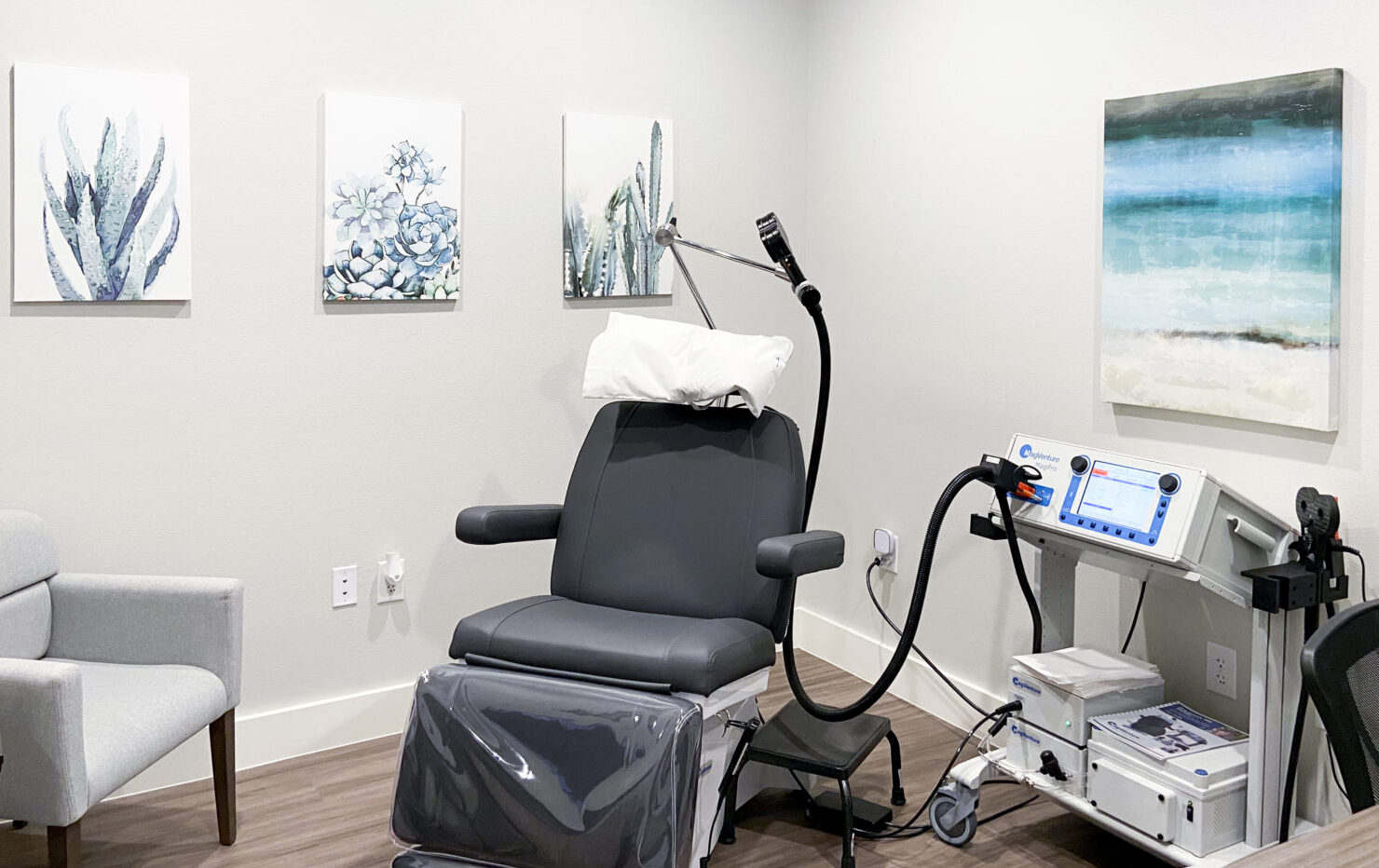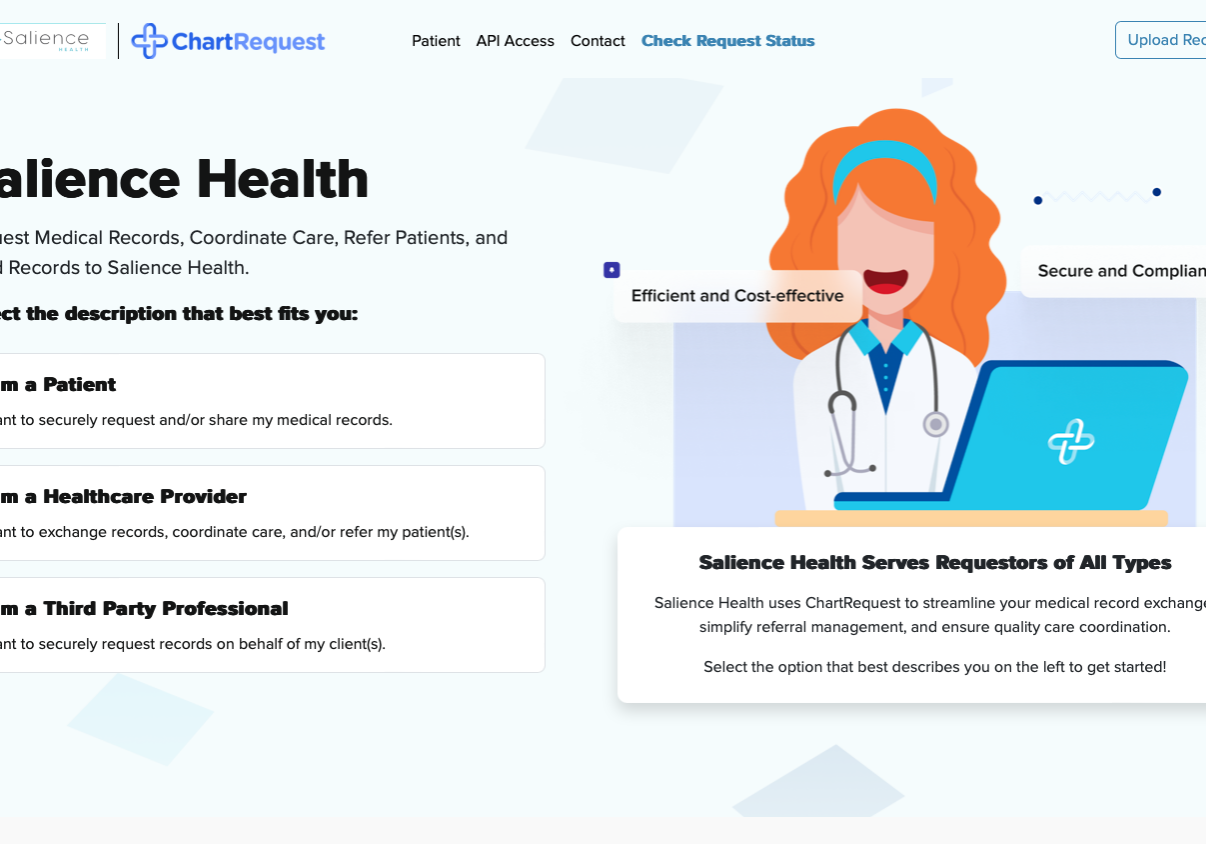find
you
again
find
you
again
Comprehensive Care for Depression
Comprehensive Care for Depression
At Salience Health, we recognize the challenges of addressing depression, particularly when it doesn't respond to standard medication. Our team understands the importance of a personalized approach to your mental health journey. Combining expertise in Transcranial Magnetic Stimulation (TMS) Therapy, Psychiatry, and Primary Care, we offer an integrated solution to tackle depression head-on.
Our Depression Program is designed to tailor our approach to your treatment, recognizing the complexities of treatment-resistant depression and creating a path that resonates with your unique journey. To help connect you to a better quality of life, we provide:
-
- Educational Support
- Evidence Based Treatment Options
- Patient Centered Care
At Salience, we will relentlessly pursue remission and recovery together, one patient at a time.
At Salience Health, we recognize the challenges of addressing depression, particularly when it doesn't respond to standard medication.
Our Depression Program is designed to tailor our approach to your treatment, recognizing the complexities of treatment-resistant depression and creating a path that resonates with your unique journey.
At Salience, we will relentlessly pursue remission and recovery together, one patient at a time.
Our Specialties
TMS Therapy
Transcranial Magnetic Stimulation (TMS) therapy is a FDA cleared, non-invasive treatment that often proves effective when traditional treatments for depression fall short. This outpatient treatment encourages positive brain activity helping to create long-term relief from depression and improvement in their anxiety, sleep, and motivation.
Psychiatry
Our board-certified psychiatrists and psychologists bring extensive experience and compassion to the forefront of your care. With a focus collaborative care, within Salience Health or with your external primary care physician, and therapeutic interventions our psychiatrists lay a solid foundation for your journey to mental wellness.
Primary Care
Recognizing the connection between physical and mental health, our PCP's work to ensure any physical health factors contributing to your mental health are identified and managed effectively. This collaborative effort enhances the overall effectiveness of your agreed upon treatment.
Patient Experience
At Salience, patient experience is at the center of everything we do. With a focus on coordination of care, education, and ongoing support, we strive to accelerate your path to remission. We are your dedicated partner in comprehensive and compassionate care.
At Salience Health, our comprehensive approach is patient centric, providing easy access to mental health and primary care.
The Care Navigator Team: Your Partners for Comprehensive Care
Our Care Navigators are available to assist with booking provider appointments, connecting patients to necessary services, providing education, and coordinating between patients and their healthcare providers.
See Our Clinics
You are not alone. Salience Health has brought together the best in psychiatry, primary care, and TMS Therapy as treatment for treatment resistant depression. Our providers are dedicated to collaboration with other specialties, both in and outside of our offices, to provide you with the best in collaborative, outcome driven care.
























